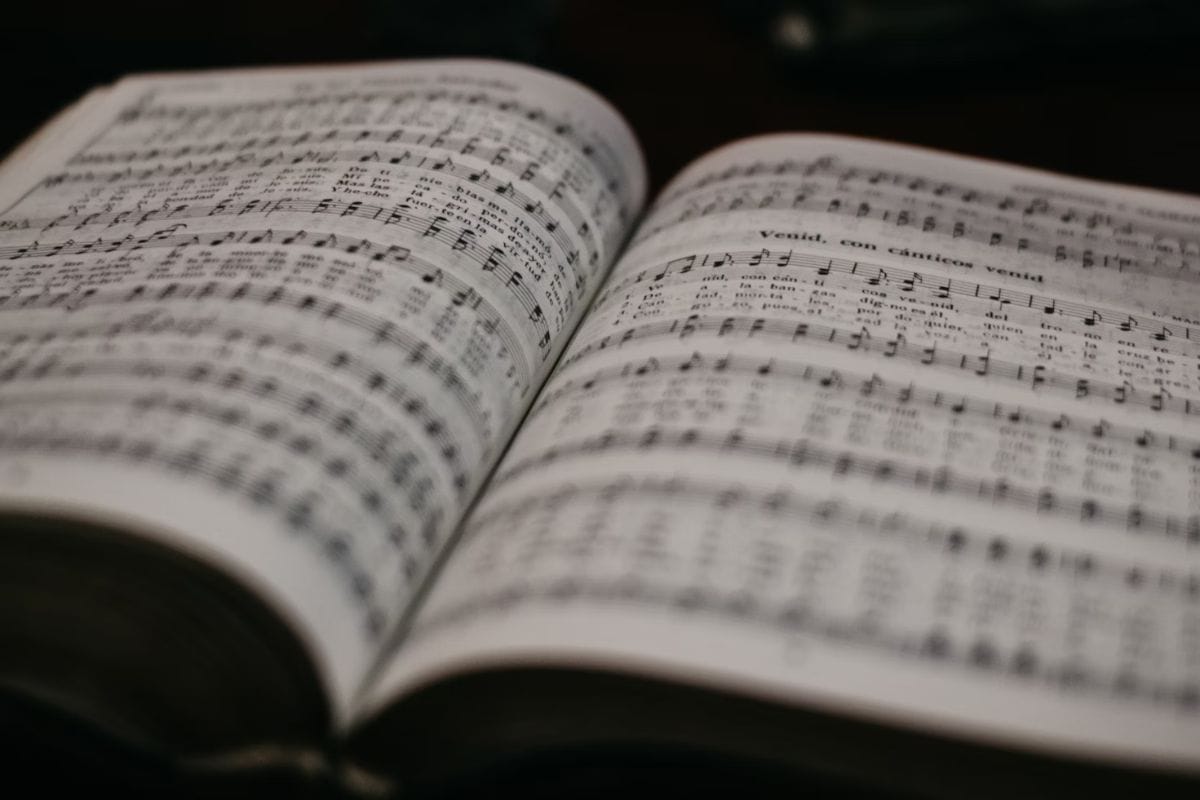Scientists recently discovered a “music center” in our brains, an area that lights up the same way it does for food, love, or anything else that brings us joy.
That explains a lot, doesn’t it?
Why does a certain melody give you goosebumps? Why does a lyric often hit harder than a heart-to-heart conversation?
The thing with music is, you don’t need to be someone who grew up with a guitar in their hands to write a song. I truly believe anyone with a story, a feeling, or a memory worth sharing can turn it into music.
And in this article, I’ll explain exactly how to write a song, step-by-step, so that you can bring your own music to life.
The Basics of Song Structure
Every song boils down to just a few core elements: lyrics, melody, chord progression, and structure.
- Lyrics are the words you say in your song, which carry the emotions and story.
- Melody is how you sing those words, the tune people hum.
- Chord progressions are the emotional mood your melody moves across, such as tense, hopeful, sad, or euphoric
- And structure is how you organize it all in verse, chorus, bridge, and intros/outros
Of course, every songwriter uses these elements in different ways, but you’ll find these components both in a Beyoncé ballad and in an indie track recorded in someone’s bedroom.
Once you understand how they work in different songs, you can easily learn how to write a song for yourself. And Undetectable AI Chat can help you analyze any song of your choice.
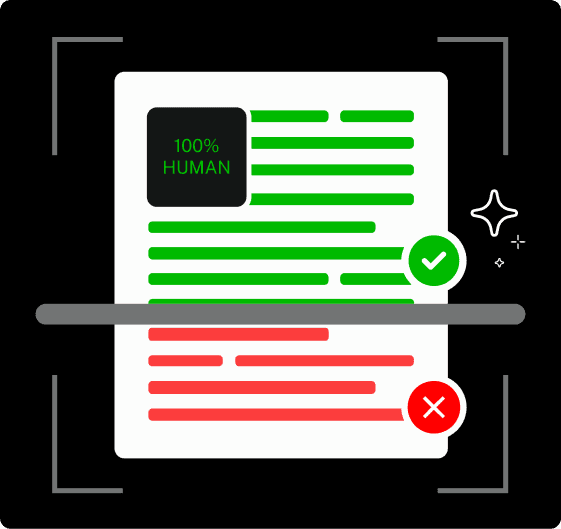
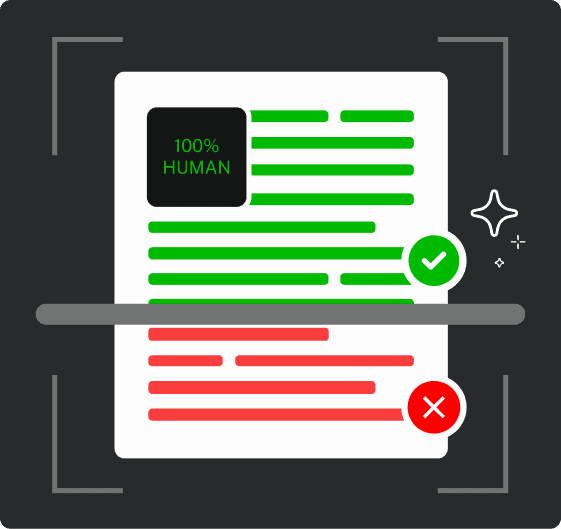
Never Worry About AI Detecting Your Texts Again. Undetectable AI Can Help You:
- Make your AI assisted writing appear human-like.
- Bypass all major AI detection tools with just one click.
- Use AI safely and confidently in school and work.
Just type in:
“Please break down the structure of the song ‘[Song Title]’ by [Artist] and explain what are the chord progressions, the structure, the melody, and the lyrical theme?”
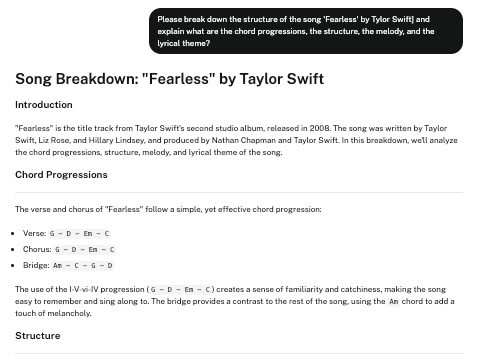

Now, let’s dig into each of these foundational elements.
Crafting Song Lyrics
Song lyrics, at their best, speak truths that are too big for casual conversation.
The first step in writing strong lyrics is clarity. You must know what your song will convey.
If you can’t summarize the essence of your song in a single, honest sentence, you’re probably writing around the truth instead of into it.
The lyrics also have to be very specific. The most resonant lyrics don’t rely on abstract notions of love or pain.
Instead, they create images. “I’m lonely” and “Your side of the bed’s still cold at 3 a.m.”, in essence, mean the same, but they make the listener feel the same emotion very differently.
Composing the Melody
Melody delivers the emotional pulse in your song. The best melodies feel inevitable, yet surprising. They create anticipation and resolution. They build tension and then give you release.
In many ways, melody is what makes a listener want to come back to a song again and again.
Melody also reflects the underlying emotion. If you’re writing a triumphant anthem, you’ll likely want strong, upward-moving lines and bold intervals.
Similarly, if the song is intimate, you can explore descending patterns or extended notes that linger and ache.
Developing Harmonies and Chord Progressions
A strong harmonic content is built on functional harmony. Learn to recognize what kinds of chords build tension and which ones resolve it.
For instance, adding a suspended chord right before a return to the tonic heightens anticipation.
Besides chords, you could play with vocal textures too. Double your main vocal, then experiment with thirds or sixths above or below.
Use harmonies sparingly to highlight emotional peaks. The final chorus is often the perfect moment to introduce a lush harmonic stack.
Avoid the temptation to over-harmonize because if you highlight every part of your song, none of it will stand out.
How to Write a Song That Connects With Listeners

You must have heard it before that “there’s no wrong way to write a song.”
And that’s true, but when you’re staring at a blank page or strumming the same three chords on repeat, that kind of open-ended freedom feels more like a curse than a blessing.
So, here’s a step-by-step method that explains how to write a song for beginners.
Step 1: Start with Simple Chords
Before you think about lyrics or melodies, get a basic chord progression loop. You don’t need music theory to do this.
Start simple with a palette like Em – D – C – G. You can use all four of these chords or mix and match two or three, such as:
- Em – D – C – G
- Em – C – G – D
- Em – Em – D – C
Loop your progression and play it slowly. Let it run in the background while you just vibe in the room. The more you play it, the more your brain will start imagining melodies over it.
Step 2: Hum Until You Hear a Melody
Now that your chords are looping like a soundtrack, start singing nonsense over them. Literally. Don’t worry about lyrics yet. Just make random sounds or full on gibberish words to form a vocal shape for your song.
Often, a memorable chorus will just pop out when you least expect it. Sing the same line with rising notes in one version and descending notes in another to understand what fits the emotion better.
Structure-wise, aim for a clear difference between verse and chorus melodies. One should feel like a buildup, the other like a release.
Step 3: Find Your Topic and Build Lyrics Around It
If you have no idea how to write a song lyrics, start simply with explaining the core idea of your song in a complete, specific sentence, such as, “the song talks about the feeling of watching someone fall out of love with you slowly.”
This one idea will be your lyrical anchor.
Now build your chorus lyrics around that idea.
The chorus is the emotional summary of your song. If someone only hears the chorus, they should get the core of the message.
The verses, on the other hand, are for the details. Each one should show a different angle or moment.
Step 4: Match Your Lyrics to the Melody
Go back to your melody with random, gibberish sounds and begin swapping in your real lyrics.
The syllable count and natural word stress should flow with the rhythm of the melody, and if they don’t, rewrite them until they do.
Of course, you won’t get it right in the first attempt, or the second, or the third, or perhaps even the 10th, but you’ll eventually.
You’ll have to experiment with recording multiple versions of the same line with different wordings. Undetectable AI Chat will be a great assistant at this stage.
Use it to tweak your lyrics, such as:
- Suggesting rhyming alternatives that don’t sound forced
- Using everyday phrases to create vivid imagery
- Tightening phrasing until it matches the rhythm of your melody
Step 5: Lock in the Structure
With the chords, melody, and lyrics in place, you can shape the full structure of your song. Here’s a basic template to get started with:
Verse – Chorus – Verse – Chorus – (Bridge or Breakdown) – Final Chorus – Outro
Keep your song between 2:30 and 4:00 for maximum replay potential unless you’re intentionally going long.
Once you’ve finalized it, play it for someone and get feedback. Or record a rough demo and live with it for a few days.
Writing a Song That Fits a Specific Genre
Songwriting always builds on emotion and communication. And the foundation of a song, i.e., chords, melody, structure, and lyrical intention, stays the same across genres.
That said, when you explore a certain genre, you will play with a new set of tools and aesthetics. So, in this section, we will cover:
- How to write a country song?
- How to write a rap song?
- And how to write a love song?
How to Write a Country Song
A great country song is rooted in everyday snapshots and sensory detail. Structurally, a basic verse-chorus-verse-chorus-bridge-chorus is your go-to country music format.
In terms of chords too, classic progressions like G–C–D–Em or D–A–Bm–G have built some of the greatest country hits ever made.
More than any other genre, country music relies on narrative clarity. Before you write your lyrics, you must think of a specific memory, for example, sitting on the porch after a fight or driving past your old high school.
Heartbreak, hometowns, redemption, freedom, and loss are some relatable themes country music taps into.
How to Write a Rap Song
A good rap song starts with a beat. Some examples of suitable beats include:
- A dark and sparse beat for introspection
- A bass-heavy beat for braggadocio
- Or a soulful and warm beat for storytelling
Then, break your writing into bars, 16 for a verse and 8 for a chorus, such that each bar flows into the next.
Rap lyrics thrive on multisyllabic rhymes such as mental state / hesitate / ventilate. Internal rhyming within the same line echoing into each other is another major aspect of rap music.
Most rap songs alternate between verses and hooks. What songwriters struggle with, especially in the beginning, is song delivery.
You need to vary your cadence and add pauses for dramatic effect while singing rap, which comes with practice.
How to Write a Love Song
Like country songs, love songs are anchored in a single, core emotion, such as longing, infatuation, regret, joy, nostalgia, or heartbreak.
The Verse–Pre-Chorus–Chorus–Verse–Chorus–Bridge–Final Chorus structure is used by many love songwriters because it lets you build toward emotional peaks.
The best love songs zoom in on the universal feelings through specific moments, like noticing the way someone always tucks their hair behind their ear when they’re nervous or how you instinctively reach for their hand during a movie, even though they’re no longer there.
Chord progressions in love songs lean into emotional depth. To bring out a deeper sense of yearning, you can introduce minor keys or suspended chords, such as Dsus2 or Asus4.
Recording a Demo: Bringing Your Song to Life
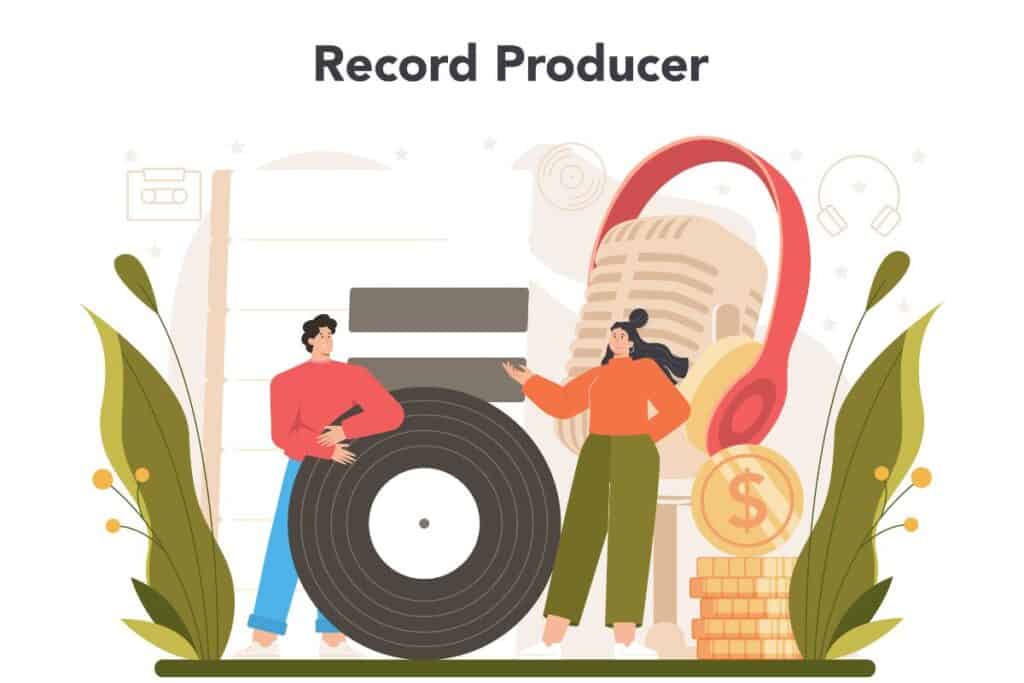
A demo is just a rough but intentional recording that captures the essence of your song.
If you’ve got a digital audio workstation (DAW) like GarageBand, Logic, or Ableton, great. If not, even a voice memo app or a simple 4-track recorder will work for starters.
Use the best mic you have and record in a quiet, soft-furnished room to avoid echo.
Lay down a basic rhythm instrument and record the entire song structure straight through. Then, record your vocals while you pay your full attention to emotion and phrasing.
From here, you can add layers gradually, e.g., a second guitar part, harmonies, a simple drum loop, or a bass line—anything that serves the song.
Listen to your recorded song on repeat and tweak wherever needed.
Check out our AI Detector and Humanizer right in the widget below!
Frequently Asked Questions (FAQs)
How long does it take to write a song?
Writing a song can take anywhere from 10 minutes to 25 years. Adele’s Skyfall and Gaga’s Just Dance were written in under 10 minutes, and Noel Gallagher, on the other end of the spectrum, spent 23 years finishing Lock All the Doors!
Do I need to play an instrument to write a song?
Nope, you don’t need to play an instrument to write a song. If you can hum a melody, write lyrics, or tap out a rhythm, you can absolutely create music.
How do I know if my song is good?
A good song will make you feel something, an emotion, even in its rawest form. You can play it for a few trusted friends, and if it sticks in their heads or sparks a reaction, you’re onto something.
Conclusion
Songwriting is an art where you turn raw emotions, stories, and ideas into a tangible product that others can feel and relate to. Oftentimes, it starts with a random spark of inspiration.
In this guide, you’ve learned how to write a song from scratch. However, if you feel stuck in your thoughts or need a fresh perspective to write a song, you can always turn to Undetectable AI Chat.
The tool will help you brainstorm lyrics and suggest chord progressions while keeping your creative voice front and center. You can also ask it to analyze your favorite songs for you and draw inspiration from there.
Try out Undetectable AI today.
